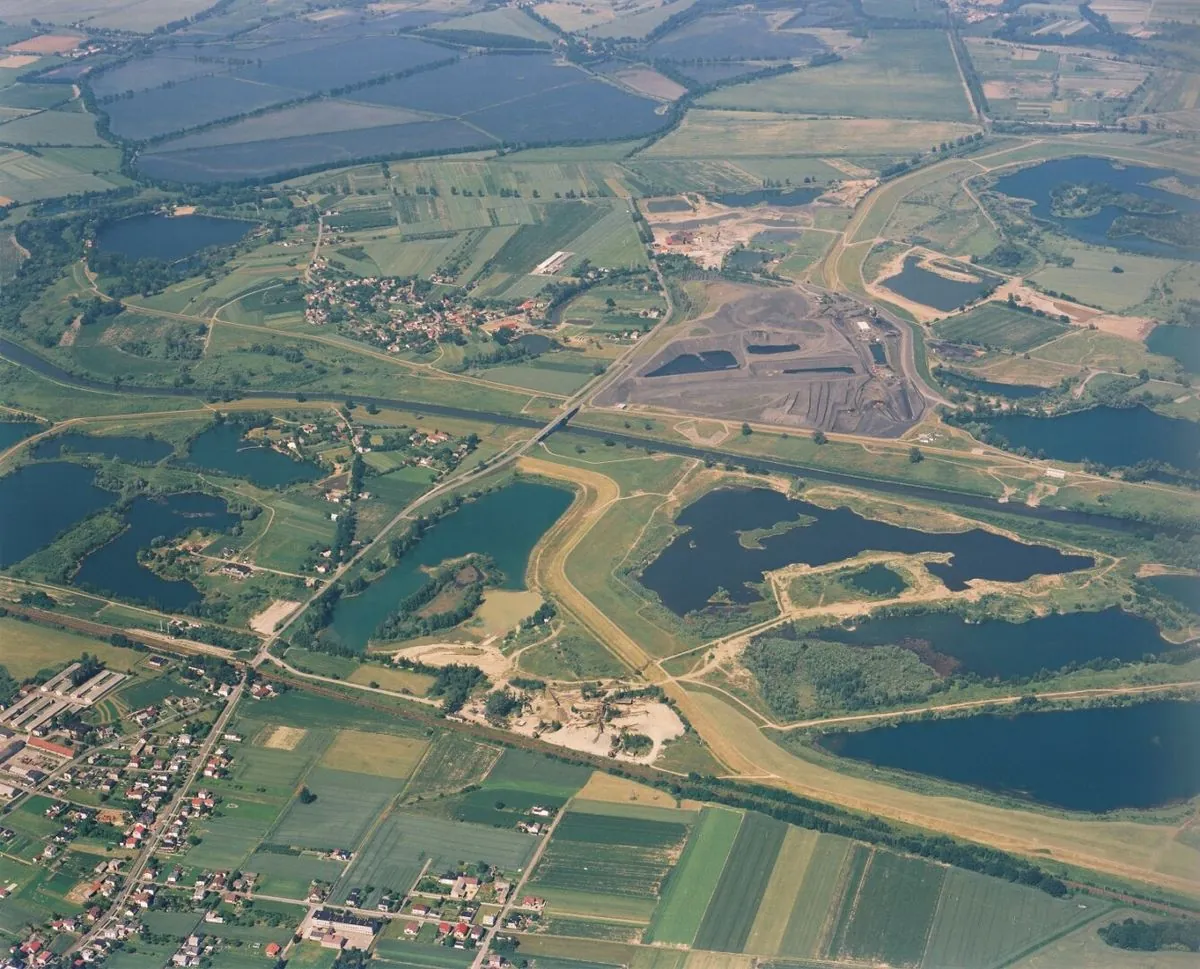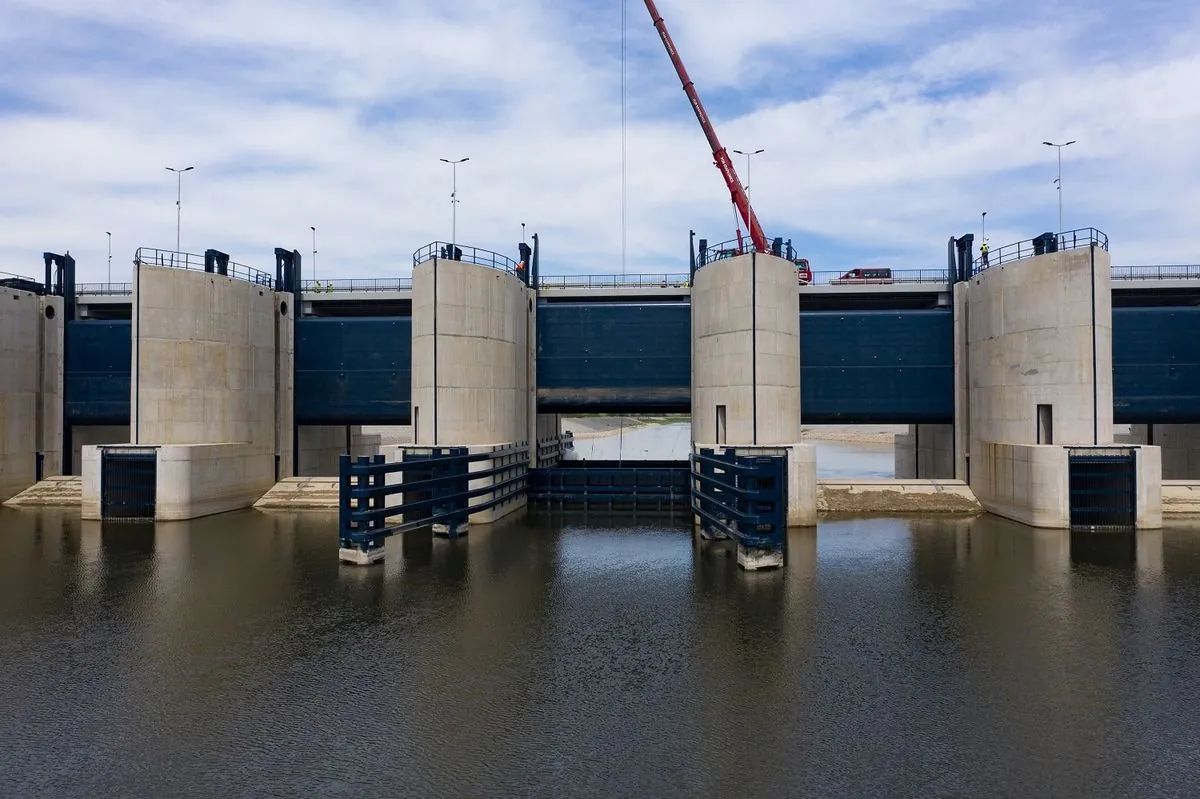Polish Flood Reservoir Hailed as Hero After Averting Disaster
The Lower Raciborz Reservoir in Poland successfully prevented flooding in Opole and Wroclaw during recent torrential rains. Built after the 1997 flood, it has become a symbol of effective disaster prevention.

In a remarkable display of engineering prowess, the Lower Raciborz Reservoir in Poland has emerged as a silent guardian, protecting cities from potentially devastating floods. This flood control structure, located on the Oder River, has garnered widespread acclaim from grateful Poles, who have bestowed upon it affectionate monikers such as "National Hero" and "King of Gold."
The reservoir's construction was a direct response to the catastrophic "flood of the century" in 1997, which caused over $3 billion in damages and affected 1,362 towns and villages across Poland. This event served as a stark reminder of the need for robust flood protection measures. The World Bank, which has been supporting flood protection projects in Poland since 1997, played a crucial role in funding the reservoir's construction.
Completed in 2020, the Lower Raciborz Reservoir spans approximately 26 square kilometers of wildland and boasts an impressive capacity to hold 185 million cubic meters of floodwater. The project, costing around 2 billion zlotys ($520 million), was partially funded by the European Union, which has invested over €3.4 billion in flood protection measures across Europe since 2002.
The reservoir's effectiveness was put to the test during recent torrential rains that inundated Central Europe. As the Oder River, which forms part of the border between Poland and Germany, swelled to alarming levels, the reservoir successfully flattened the flood wave, sparing the cities of Opole and Wroclaw from inundation.

Wroclaw, the fourth-largest city in Poland and home to over 100 bridges connecting its 12 islands, watched anxiously as the river crested. Similarly, Opole, one of Poland's oldest cities founded in the 8th century and known as the "Capital of Polish Song," was also protected from potential disaster.
The success of the Raciborz Reservoir highlights the importance of comprehensive flood protection systems. It is part of a larger network of over 250 large dams and reservoirs in Poland, demonstrating the country's commitment to safeguarding its cities and citizens from natural disasters.
However, the recent floods have also underscored the ongoing challenges posed by climate change, which is expected to increase the frequency and intensity of flooding in Central Europe. Areas not covered by the Raciborz Reservoir system experienced heavy flooding, with some locations receiving a six-month volume of rain in just four days.
As Poland continues to invest in flood protection, the Raciborz Reservoir stands as a testament to the effectiveness of well-planned infrastructure. Beyond its primary function, the reservoir also provides valuable habitats for wildlife, showcasing how flood control measures can harmonize with environmental conservation efforts.
The reservoir's success has sparked creative suggestions from social media users, with some proposing that the floodplains be named after Wojciech Szczesny, Poland's famous goalkeeper. This playful idea reflects the deep appreciation Poles have for their new "silent hero" that stands guard over their communities.
As climate challenges persist, the Lower Raciborz Reservoir serves as an inspiring example of how proactive measures and international cooperation can mitigate natural disasters and protect vulnerable populations.


































